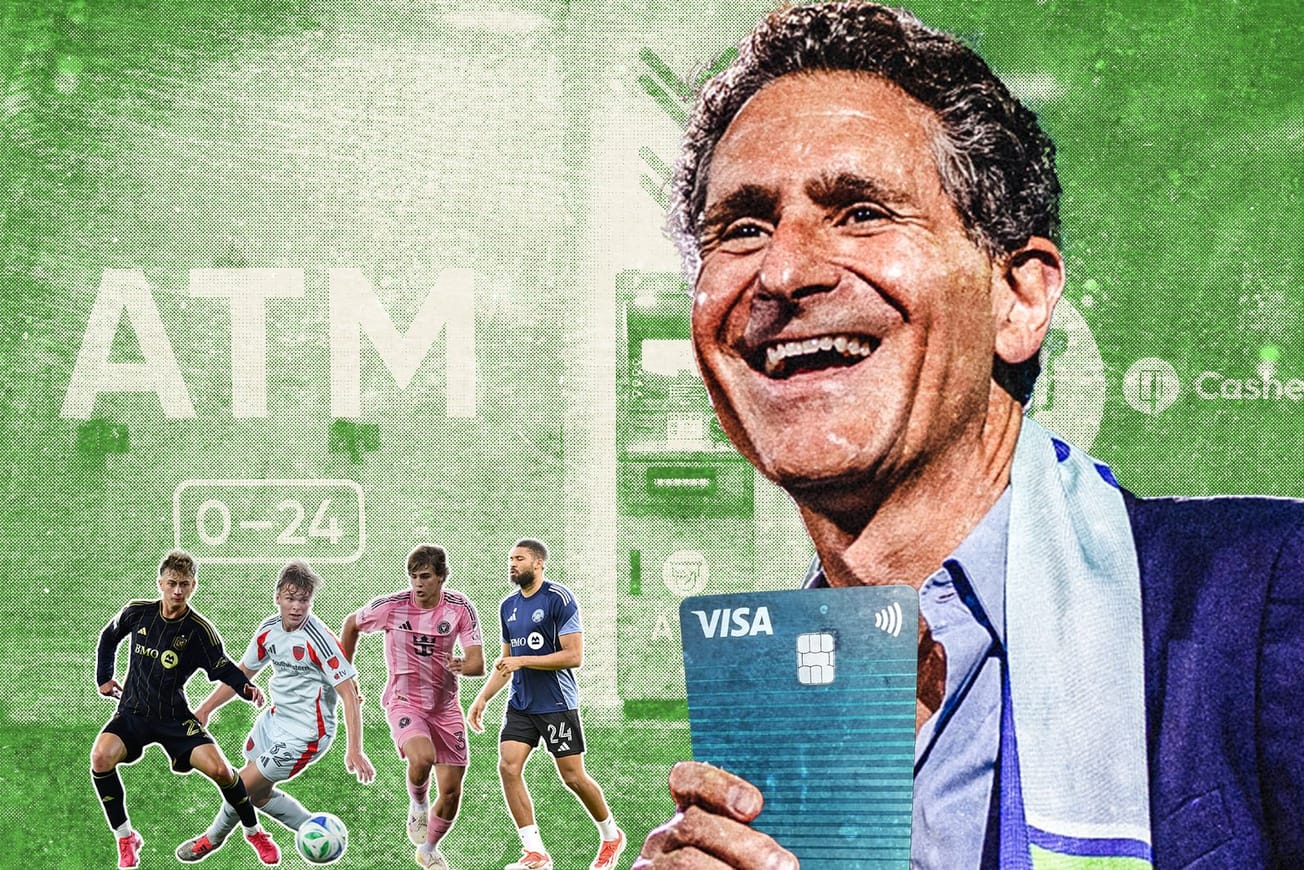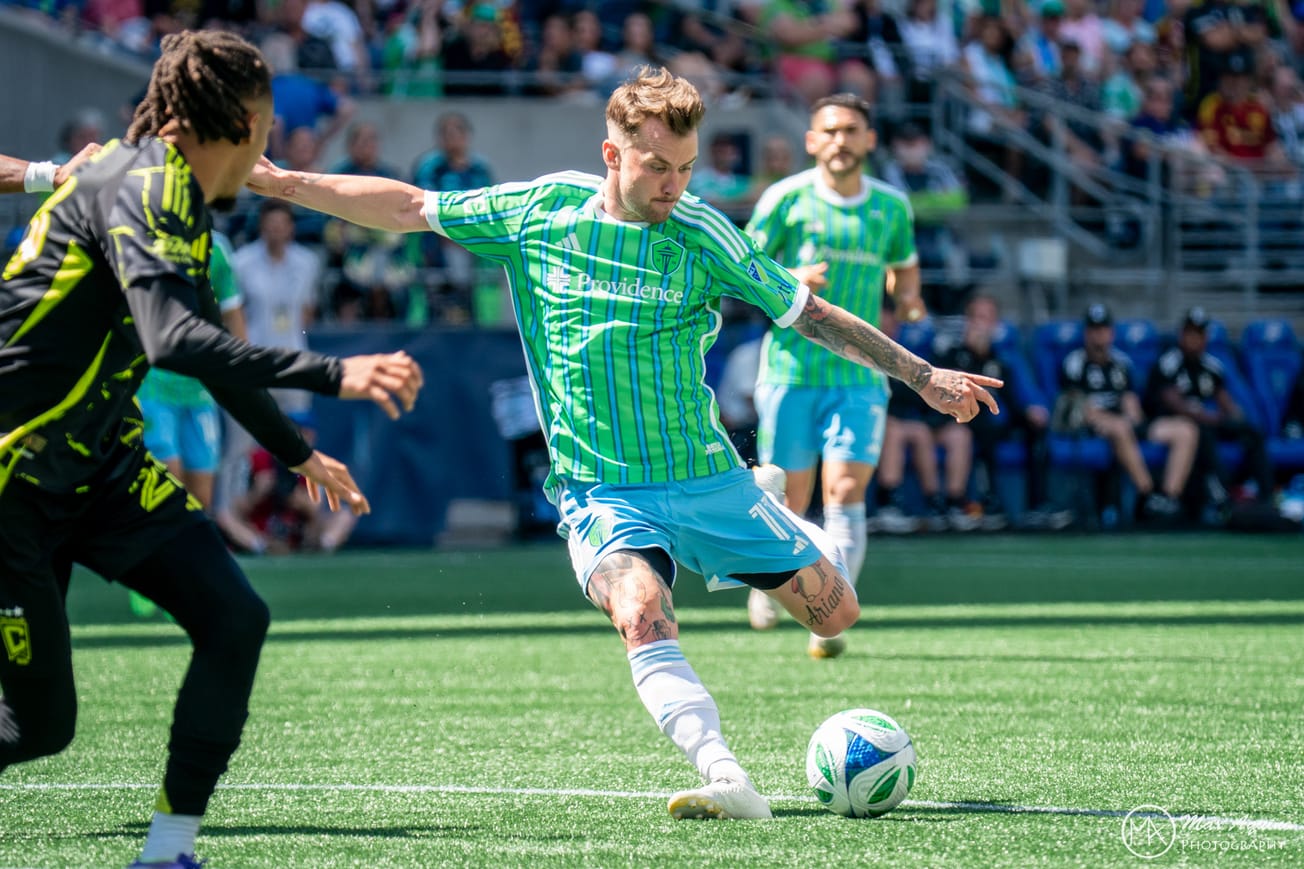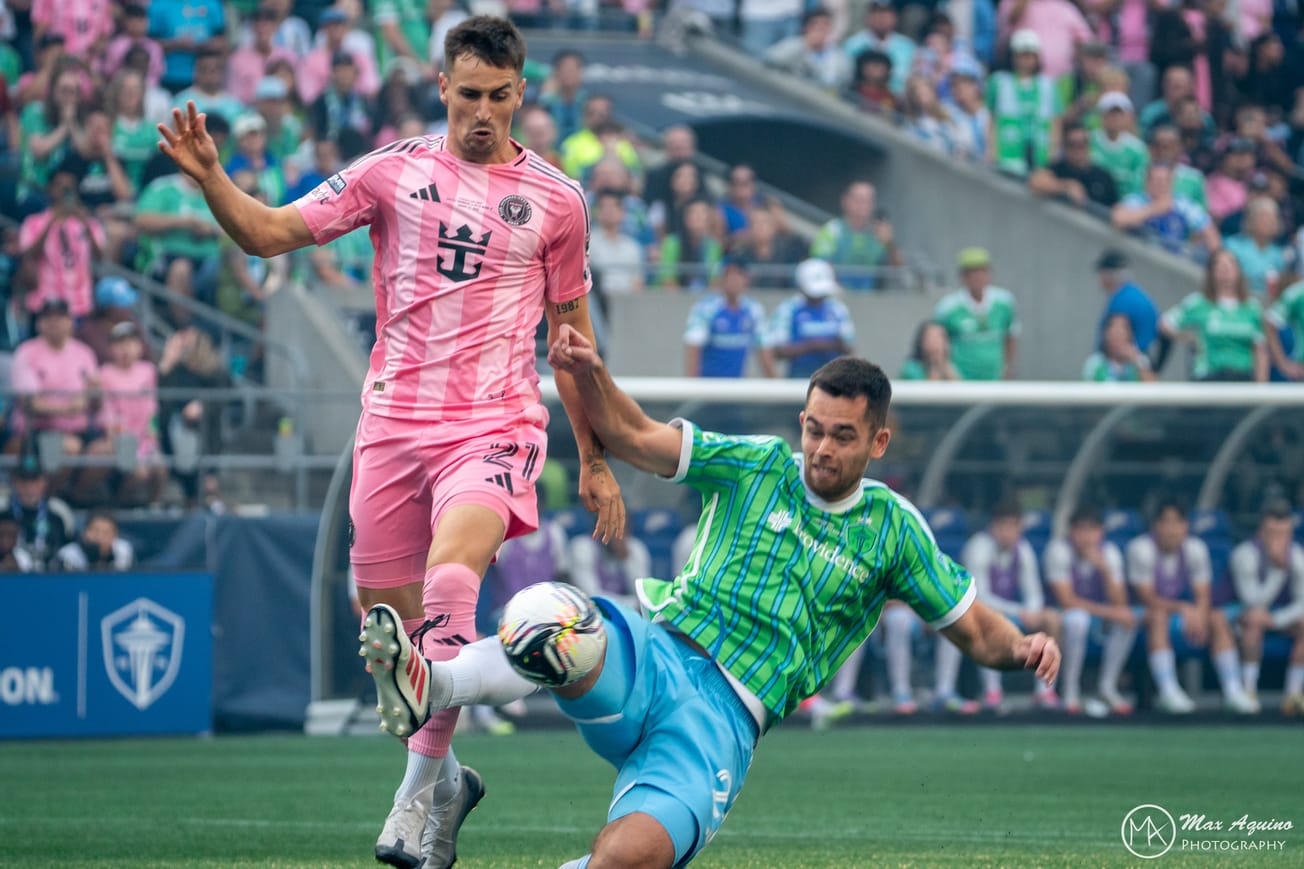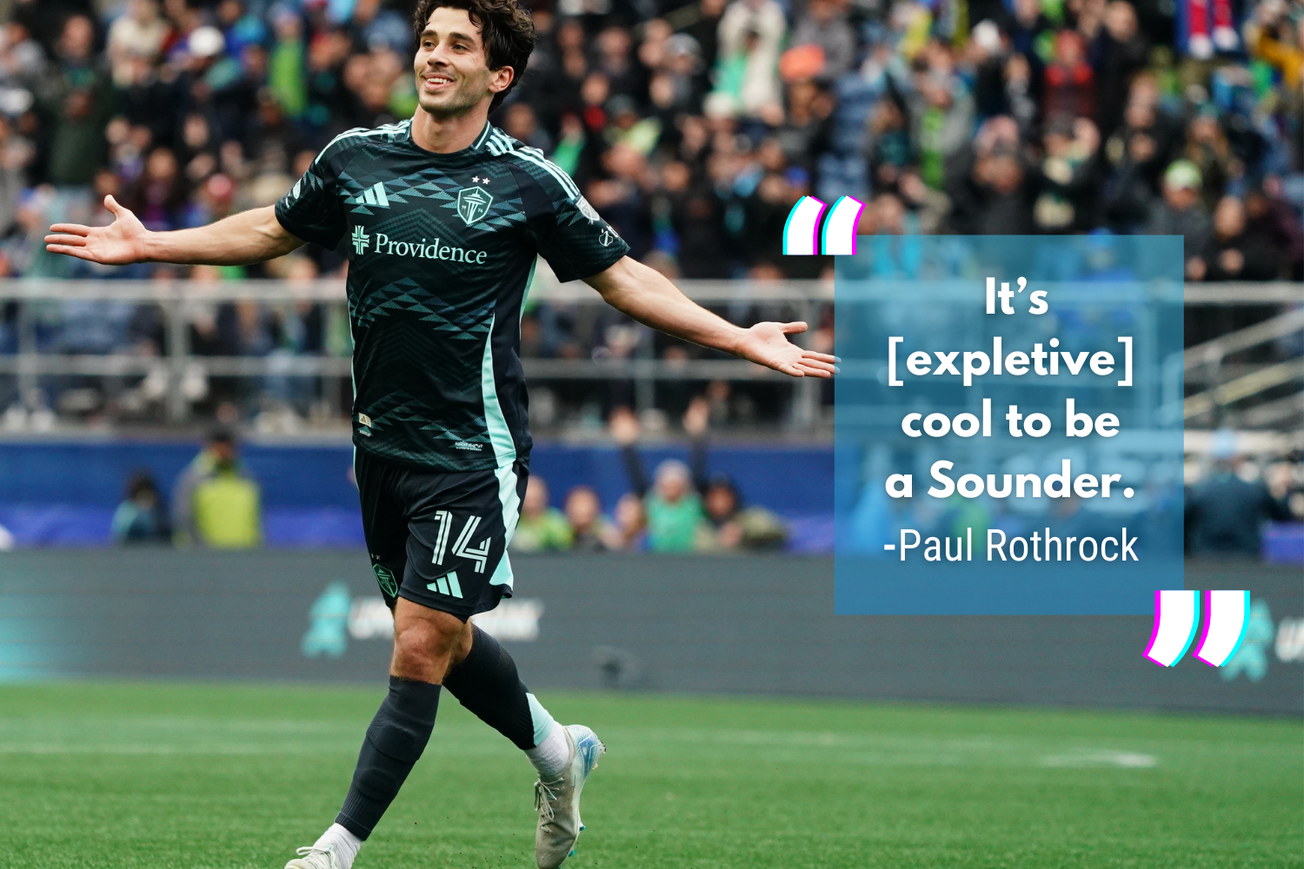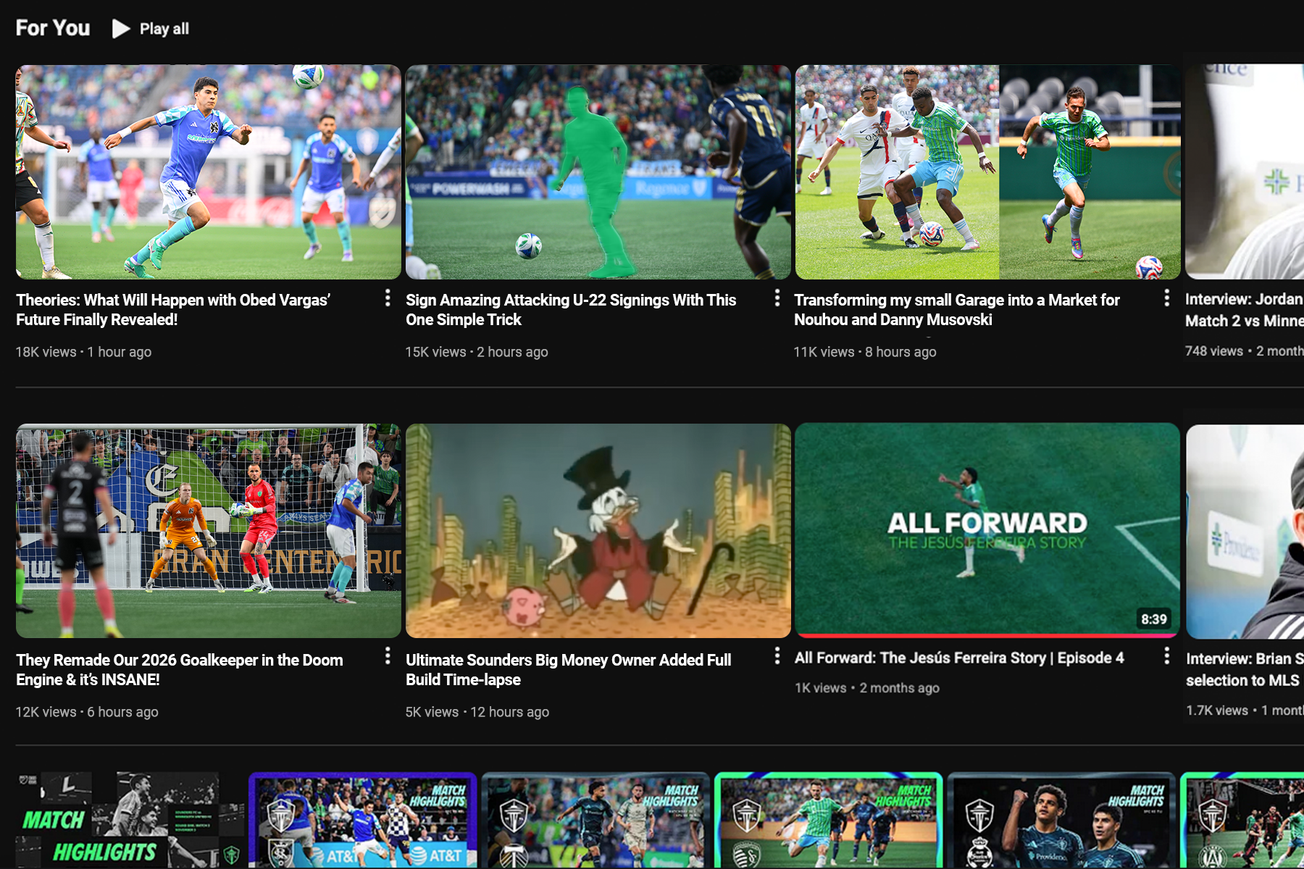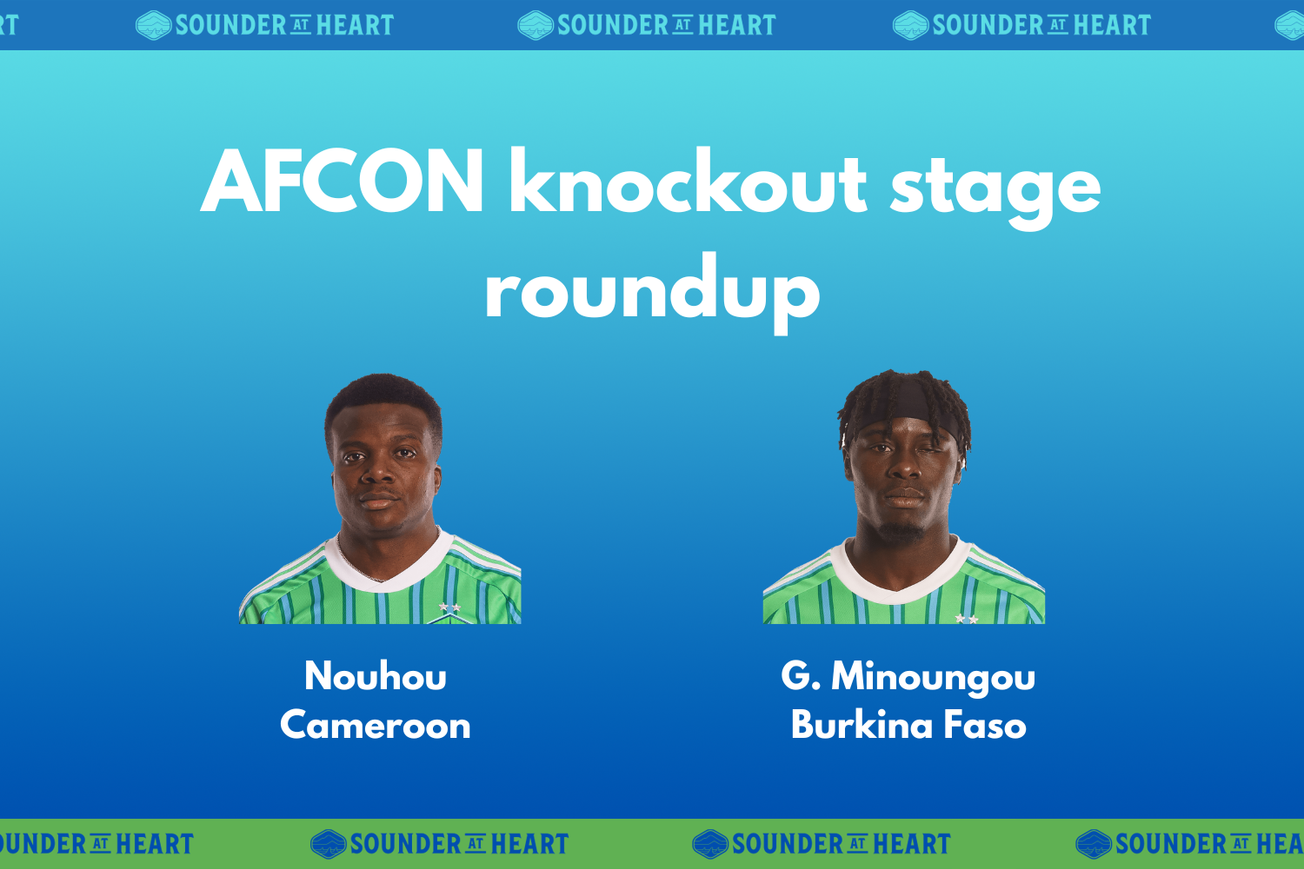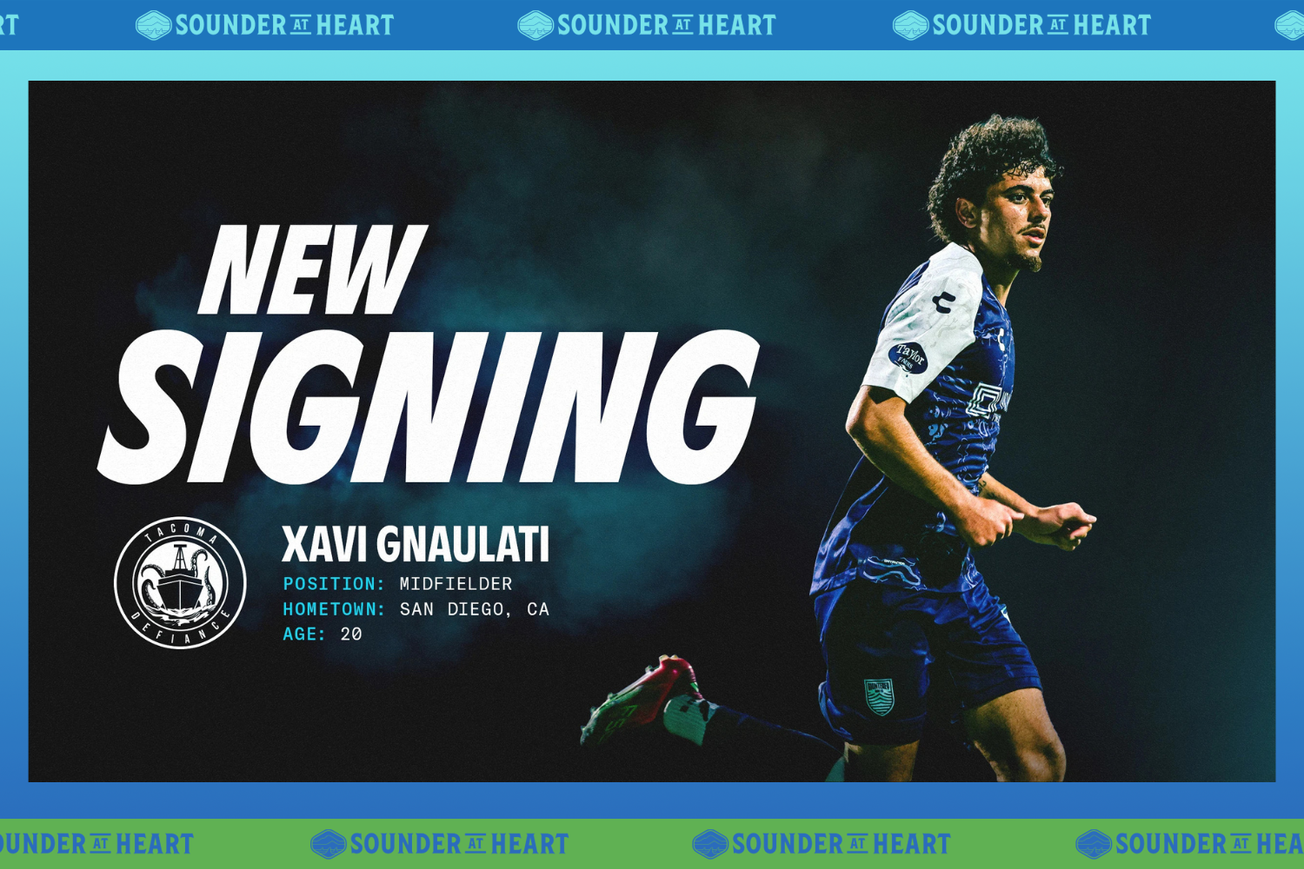It has been four years since the Seattle Sounders last spent a transfer fee in the summer transfer window. What used to be a hallmark of the club’s transfer business has become a rarity, as they have instead opted to get most of their shopping done in the winter window. I personally think this is a smart change, as the summer window has moved later and later into the season, dramatically limiting its effectiveness in the near term. Many fans, however, have been left frustrated by the lack of action in what is traditionally the global transfer market’s most active time of the year.
This summer, the Sounders are in a unique position, with all three of their under-22 initiative roster spots open as well as a reasonable amount of cap space available. To more casual viewers, this might seem like a plethora of options to open the spending spigots and find game changers, but the U22 initiative is widely misunderstood by fans and pundits alike. Some rule changes over the offseason have changed how these slots can be utilized, so now is a good time to take a deep dive into the tools available to General Manager Craig Waibel for improving the roster this summer when the window opens on July 24.
What is the U22 Initiative?
Fans who have lives and healthy social connections may be unfamiliar with MLS’s U22 roster designation. This program, introduced to get more young talent into the league, allows teams to sign players who are in their age 22 season or younger without the transfer fee hitting the salary cap. It can also be applied to Homegrown Players, allowing them to be paid $200,000 above the maximum salary budget charge. Both types of players will hit the cap at no more than $200,000, and can occupy those spots through their age 25 season. The fact that the fee isn’t on-cap often leads to this roster designation being compared to Designated Player slots.
In Seattle’s case, this has led some pundits to suggest that to use these slots effectively, the organization must be willing to spend big on them. This is simply incorrect, and if anything, a litany of great deep-dive pieces from Marc Machado, Ben Wright, and Arman Kafai have come out this year that have all come to similar conclusions that this might be the least effective way to use the slots. Instead, we are going to explore why the program isn’t working the way most hoped it would and look at some ways Seattle can use the slots to actually improve the roster beyond simply buying multi-million-dollar lottery tickets.
Why big spending doesn’t always work
First, we need to establish that most of the players signed to these contracts are flops. The initiative, to this point, has largely failed to bring in players who can make a difference in MLS. As Ben Wright pointed out for Backheeled, “Since 2021, U22 players have played an average of 2,730 regular season minutes with an average goals added rating of -0.01, per American Soccer Analysis.” That means that the average U22 player has essentially been the exact same quality on the field as the average MLS player you could pull off the bench.
It might be tempting to argue, as our own Andrew Pearson did on Bluesky, that the Sounders have historically had better analytics and therefore a better transfer record than most MLS teams; therefore, we should expect them to make better signings than most teams. In the case of U22 signings at least, this would be a fundamental misunderstanding of why teams struggle to find good players for these slots.
Unlike DPs, these contracts are still limited in terms of compensation despite being uncapped for the fees. This year, that limit is $743,750 for most players, and $943,750 if the player qualifies as a Homegrown Player. While the off-cap spending leads these slots to be lumped in with DP slots, even being referred to in aggregate as “prime roster spots” by the league, the reality is these roster slots are far from “prime.”
This leaves the U22 initiative mired in an unfortunate middle ground. Minutes are the best predictor of how good a young player will be. If a player is good enough to be playing lots of minutes, they are likely to be good enough to garner interest from European leagues that can either offer more money than the capped MLS contract or a pathway to more money at the highest levels of the game. Players who are not playing, in addition to already being less likely to succeed overall, also have a smaller sample size of data and tape from which clubs can work. No amount of cutting-edge data analytics can overcome a lack of data in the first place, and MLS clubs are already having to find overlooked gems whose coaches are not playing for one reason or another.
The two biggest hits the program has produced, Jhon Durán and Diego Gómez, joined the league for relatively modest $2 million and $3 million fees, respectively. Both joined from leagues that are not as actively scouted by either European or MLS clubs as the big South American leagues, in Colombia and Paraguay. The fact that they were off the beaten path and speculative, those overlooked gems, is both what made them cheap and available to MLS.
Churning these kinds of low-probability, high-upside bets might pay off in a handful of cases over a long period of time, but there are real downsides to that approach, especially for a club with one of the most effective academies in MLS.
As Mark Machado explained in his column, U22 signings from outside MLS almost never play a major role for their teams in their first year, averaging just 1,279 minutes or 38% of available minutes. They do, however, take up a senior roster spot, something Seattle has in short supply. Seattle has filled 18 of 20 senior roster spots, with one more that will be automatically filled when Paul Arriola returns from a season-ending injury next year.
They will likely not extend or exercise at least some of the options they have on player contracts, but are also likely going to need to sign at least Reed Baker-Whiting, and possibly Obed Vargas if he is not sold, to senior contracts as well. That leaves the Sounders with only 1-2 senior roster spots available over the next two windows. If Obed is sold, that would also give them the option of using up to $3 million in GAM to sign a much more experienced player into that slot. If they make a singing, it needs to be one that uses that senior slot effectively, and betting on most U22’s from outside MLS to do that is a bad bet.
So, what to do?
This might seem like an argument to not use the program at all, other than on homegrown players like Obed and Baker-Whiting, and it kinda is, but with a caveat. This off-season, MLS approved cash trades, allowing teams to buy each other’s Homegrown Players for the first time. As Matt Doyle laid out on Bluesky, players already playing in MLS who earned a U22 contract are dramatically more likely to be playing and to be effective:


